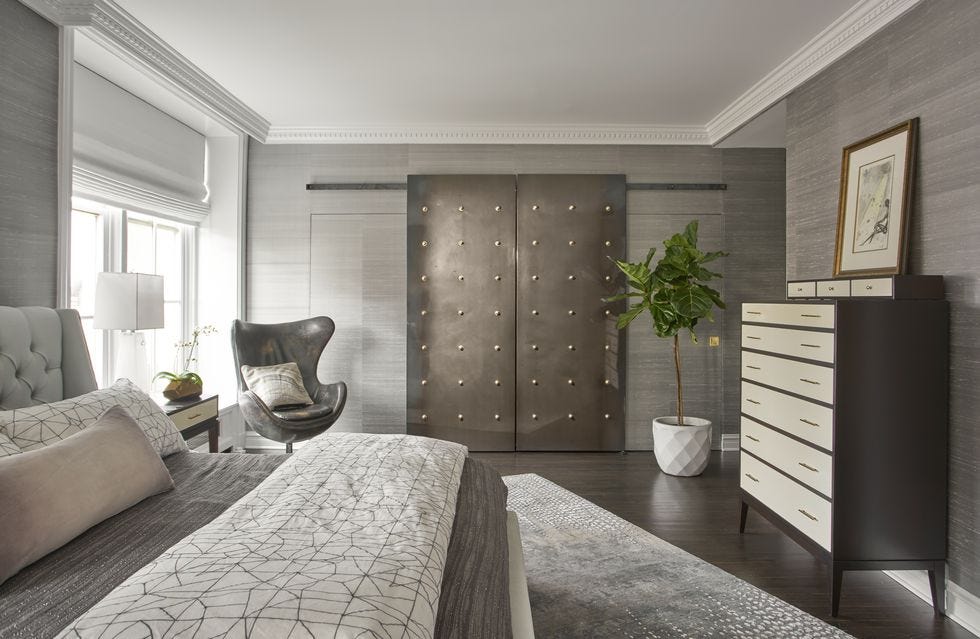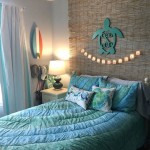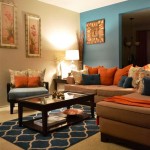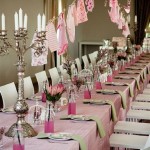How To Decorate a Room With Gray Walls
Gray walls offer a versatile and sophisticated backdrop for interior design. The neutrality of gray allows for a broad range of color palettes and styles, making it a popular choice for homeowners seeking a modern and adaptable aesthetic. The key to successfully decorating a room with gray walls lies in understanding the nuances of gray itself, strategically selecting complementary colors, and incorporating textures and patterns to create visual interest and prevent the space from feeling flat or monotonous.
Understanding the Undertones of Gray
Gray is not a monolithic color. It exists in a spectrum of shades, each possessing subtle undertones that can significantly impact the overall feel of a room. Ignoring these undertones can lead to clashes in color schemes and an ultimately unsatisfying result. The most common undertones in gray paint are warm (red, yellow, or brown), cool (blue, green, or purple), and neutral (no discernible undertone). Identifying the undertone of the gray paint is the first crucial step in selecting complementary colors and designing a harmonious space.
To determine the undertone, compare the gray paint sample to pure white. Observe whether the gray leans towards any particular color. Natural light is also beneficial for this process, as artificial lighting can distort the perceived color. Another helpful technique is to compare the gray sample to other known hues. Placing it beside a beige or cream might reveal a warm undertone, while comparing it to a light blue or green could indicate a cool undertone. Paint manufacturers often list the undertones in the paint specifications, which is a valuable resource.
Once the undertone is identified, use this information to guide the selection of furniture, decor, and accent colors. For example, a gray with warm undertones pairs well with natural wood tones, creams, and earthy colors like terracotta and mustard yellow. A cool gray, on the other hand, complements cooler shades such as blues, greens, and purples, as well as metallic accents like silver and chrome. Neutral grays offer the most flexibility and can work with a wider range of colors, but careful consideration is still needed to avoid clashing with overly dominant hues.
Strategic Color Selection and Palette Development
The selection of a color palette is vital for creating a cohesive and visually appealing room with gray walls. While gray provides a neutral canvas, the strategic use of color is what brings personality and depth to the space. There are several approaches to color palette development, each offering a distinct aesthetic.
One common approach is to use a monochromatic palette, which involves using different shades and tints of a single color. This creates a sophisticated and calming atmosphere. In a room with gray walls, a monochromatic palette might involve incorporating lighter and darker shades of gray in the furniture, textiles, and accessories. Adding textures and patterns, such as velvet pillows or a woven rug, is crucial to prevent the room from feeling monotonous.
Another approach is to use a complementary color scheme, which involves pairing gray with its complementary color on the color wheel. For example, if the gray has warm undertones, a complementary color might be a cool blue or green. Conversely, if the gray has cool undertones, a complementary color might be a warm yellow or orange. Using complementary colors creates a vibrant and dynamic contrast, adding visual interest and energy to the room. It is important to use these complementary colors in moderation, as too much contrast can be overwhelming. Accent pieces like artwork, throw pillows, or a statement chair are ideal for incorporating complementary hues.
A third approach is to use an analogous color scheme, which involves using colors that are adjacent to each other on the color wheel. This creates a harmonious and soothing effect. For example, if the gray has cool undertones, an analogous color scheme might involve using blues and greens. Or, if the gray has warm undertones, analogous colors could be yellows and oranges. This approach is less dramatic than a complementary color scheme but still adds depth and interest to the room. Analogous colors can be used in larger elements like rugs and curtains, as well as in smaller accessories.
Consider the purpose of the room when selecting a color palette. For example, a bedroom might benefit from a calming and restful palette of blues, greens, and grays, while a living room might benefit from a more vibrant and energetic palette of yellows, oranges, and grays. The amount of natural light in the room should also be considered. Darker grays can make a small room feel even smaller, while lighter grays can brighten up a dark room.
Incorporating Texture and Pattern
Texture and pattern are essential elements in decorating a room with gray walls. Since gray can sometimes appear flat or neutral, incorporating different textures and patterns can add depth, visual interest, and personality to the space. These elements can break up the monotony of the gray backdrop and create a more inviting and engaging environment.
Texture refers to the surface quality of an object, such as smooth, rough, soft, or hard. Incorporating different textures can add a tactile and visual dimension to the room. For example, a smooth velvet sofa paired with a rough wool rug can create a pleasing contrast. Other textures to consider include linen, cotton, leather, wood, and metal. Mixing and matching textures adds depth and complexity to the overall design.
Pattern refers to the repetition of a design element, such as a shape, line, or color. Incorporating patterns can add visual interest and personality to the room. Patterns can be found in textiles, such as curtains, rugs, and pillows, as well as in wallpaper, artwork, and accessories. When selecting patterns, consider the scale and style of the room. Larger patterns can be used in larger rooms, while smaller patterns are more suitable for smaller rooms. Avoid using too many different patterns, as this can create a cluttered and overwhelming look. Instead, choose a few patterns that complement each other and work well with the overall color scheme.
Layering textures and patterns is a key technique in interior design. This involves combining different textures and patterns to create a rich and complex visual experience. For example, a sofa with a textured weave can be layered with velvet cushions and a patterned throw blanket. A rug with a geometric pattern can be layered over a hardwood floor. Layering textures and patterns adds depth and dimension to the room, making it feel more inviting and comfortable.
Consider the architectural details of the room when incorporating texture and pattern. For example, if the room has a fireplace, emphasize the texture of the brick or stone. If the room has large windows, use sheer curtains to allow natural light to filter through. Pay attention to the details of the room and use texture and pattern to enhance the overall design.
In addition to furniture and textiles, consider incorporating texture and pattern in unexpected ways. For example, a textured wall treatment, such as wallpaper or paint with a textured finish, can add depth and interest to the room. Artwork with bold patterns can add visual impact. Even small accessories, such as decorative bowls or vases, can add texture and pattern to the space.
Lighting plays a crucial role in showcasing textures and patterns. Natural light enhances textures and brings out the details in patterns. Artificial lighting can also be used to highlight specific textures and patterns. Use a combination of ambient, task, and accent lighting to create a layered lighting scheme that enhances the overall design of the room.
By carefully considering the undertones of the gray paint, strategically selecting complementary colors, and incorporating a variety of textures and patterns, creating a stylish and inviting space is achievable. Gray walls offer a versatile foundation for expressing personal style and creating a home that is both aesthetically pleasing and comfortable.
:strip_icc()/ScreenShot2020-11-18at2.45.29PM-df553f684f5146e88435f1c795f36820.png?strip=all)
30 Ways To Decorate With Gray In The Bedroom

Gray Bedroom Ideas That Are Anything But Dull Architectural Digest

Beautiful Bedrooms 15 Shades Of Gray Bedroom Walls Grey Colour Scheme Color Schemes
:strip_icc()/White-sand-design-gray-bedroom-28fff6fdda8f410b900fc84bad08d51a.jpeg?strip=all)
11 Beautiful Gray Room Design Ideas

22 Serene Gray Bedroom Ideas Decorating With

40 Gray Bedroom Ideas Walls Grey Design Home Decor

34 Stylish Gray Bedrooms Ideas For Walls Furniture Decor In
:max_bytes(150000):strip_icc()/504_01-5c28f1ce46e0fb00018ba6d6.jpg?strip=all)
15 Decorating Ideas For Gray Walls

Grey Bedroom Decor Ideas For Your Home Designcafe

12 Grey Bedroom Ideas For A Neutral Classic Vibe Storynorth Black Decor Inspiration
Related Posts







